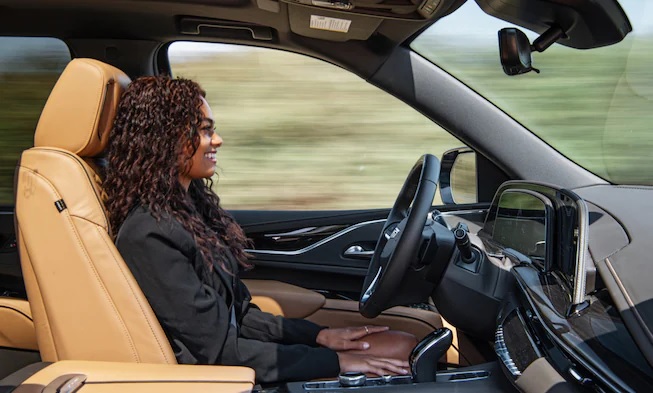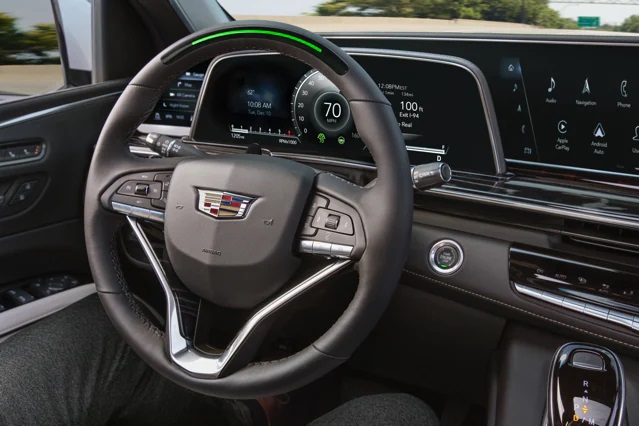
Today, General Motors pulled back the curtains on Ultra Cruise, its next-generation hands-free driver assist technology. This comes but days after the company secured new permits for their autonomous ridesharing project, Cruise.
Read more: Best electric cars – a buyer’s guide
Let’s talk about what Ultra Cruise actually is.
Cruisin’ on down main street
To understand its importance, at least in the current framework of GM vehicles, you have to understand that they already have something similar in place. Super Cruise, which launched in 2017, is GM’s own version of Tesla’s Autopilot-like vehicle automation. More specifically, it’s a “Level 2” driver support system, which indicates partial driving automation.
In its current form, Super Cruise is only usable on divided highways.
"Ultra Cruise is a game changer. It will be the premier advanced driver assistance system on the market, in both capability and safety." — EVP of Global Product Development Doug Parks
Learn more about our latest evolution in ADAS technology: https://t.co/JnQ56zSVyu pic.twitter.com/8cH8JhRObl
— General Motors (@GM) October 6, 2021
Ultra Cruise, which GM has been teasing for years, will bring about the versatility that people want from a car that can drive itself.
This new system will utilize camera and radar technology, like the current iteration of Super Cruise, as well as lidar to control steering, acceleration, and braking.
Unlike Super Cruise, which has been praised as a safer and more capable version of Tesla’s Autopilot, Ultra Cruise is planned to work in 95% of all driving scenarios. At launch, it will cover over 2 million miles of paved roads in the United States and Canada, according to GM. As the manufacturer advances the program, it expects that number to grow to over 3.4 million miles.

Additionally, the system will be built on a current state-of-the-art 5nm process.
Beyond that, Ultra Cruise will support lots of other features that Super Cruise cannot currently handle. This includes automatic and on-demand lane changes, left and right turns, avoidance of close objects, and parking in residential driveways.
In terms of availability, Ultra Cruise will reportedly be a feature reserved for more premium models. While those actual models remain undisclosed, GM plans to bring Ultra Cruise to the rest of their EV lineup gradually.